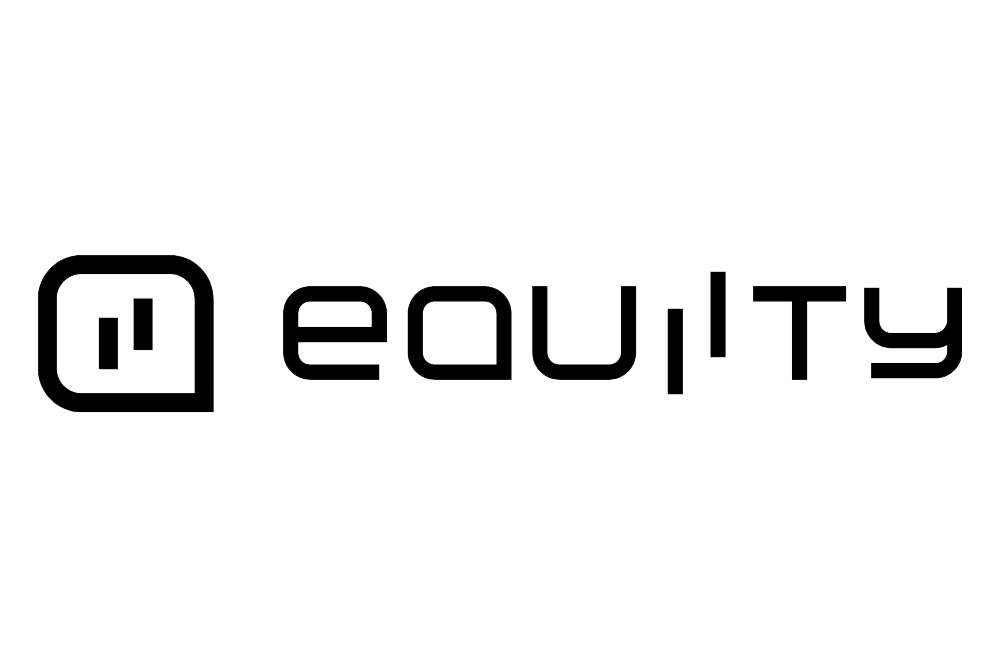Introduction
Are you interested in creating a portfolio that will grow cash for you? Do you want to generate cash and grow wealthy with your investing? Then it would be better if you considered an old age investment technique called income investing.
Income investing went out of trend when the extreme bull markets ingrained in traders and investors that you can only generate profits when you buy low and sell high. But still, many reputed instructions and money management firms practice this excellent technique in their businesses. In this article, we will discuss assorted aspects associated with income investing and how to go about it.
Income investing is a technique through which investors and traders build a varied and diversified portfolio that helps them in attaining a continuous passive income to live on. The investments pertaining to income investing generally include real estate, bonds, mutual funds, or stocks.
Income investing: Definition
Income investing refers to a strategy or technique which caters to creating a varied and profoundly diversified portfolio that is centered around generating a passive and regular income through the investments. The sole aim of income investing is to generate a constant and regular income for the investor or trader. It involves curating a collection of investments like stocks, bonds, funds, etc., to generate high annual returns at the lowest possible risks. Most of the returns are paid to the trader or investor to pay bills, go shopping, and spend it on daily household expenses.
Types of investments in an income investing portfolio
Any income investing focused portfolio can include a mix of the investments discussed below:
Dividend focused stocks
One of the most common income investments is the stocks that yield dividends. When you buy a stock of a particular company, you actually own a part of a company. The dividend-focused stocks pay a dividend as the annual payment to the stockholders. Some of the companies pay dividends in fixed percentages, and some keep it variable depending on the annual profits of the company. It then depends on the investor or trader to pull those dividends out or put them again in more Stocks of the company.
When the dividend on stocks or the stock prices is growing or rising, it means that the company is growing too and is in healthy functioning. The health of the form and the dividends it pays go hand in hand. It seldom happens that the dividend and the price of stocks rise simultaneously. Such a situation only occurs when the economy is functioning really well. Most of the time, a high dividend means a negative influence on the price of the stock.
Bonds: corporate and governmental
Bonds work on the opposite concept of the shares. While shares let you have ownership in the company, buying bonds include lending money to a conglomerate for a specified period of time. So when you invest your money through bonds, you give a loan to the companies.
Income investing through bonds gives you returns in the form of interest on the money you have lent to the firm, and at maturity, you get your money back. Bonds are, however, riskier than stocks as the prices can change anytime and go down more frequently as compared to stocks.
There are two types of bonds, namely, governmental and corporate bonds. Governmental bonds are much safer than corporate bonds as they carry fewer risks. But at the same time, returns are lower too.
Index, mutual funds, and ETFs
Index, mutual funds, and ETFs function more or less in the same way, with the same objectives. It’s just the fundamentals that are different.
Index funds are a type of mutual funds of specific markets. The ETFs and mutual funds are a collection of bonds, stocks, and other such securities.
The idea that goes behind the Index, mutual funds, and ETFs is that rather than investing one single asset or type of instrument, one can invest in a mix of such instruments. They are a great help to the diversification of portfolios.
Various mutual funds cater to fair income investing by diversifying as well as mitigating risks.
Real estate
Property and real estate as a part of income investing are some of the most favorites among income investors and traders. It has become one of the enticing and safe kinds of income investing instruments because the population is on the rise, but the land is limited. Additionally, it is an excellent source of regular income. One can lease out the real estate property and generate regular incomes through rent. You don’t even have to fret about the price fluctuations.
It will also help in massively diversifying the portfolio, and there are a lot of tax benefits associated with property investments. What else could one ask for?
Peer lending or crowdfunding
Peer lending or crowdfunding is lending money to small companies or firms and individuals. It is also prevalent among income investors. The rate of interest can vary from person to person, but it usually falls in the range of five to fifteen percent per annum.
The advantage here is that even if you start with a small investment, you can earn interest and grow the money and lend it back, earning more interest.
Certificate of deposit
Certificate of deposit or COD refers to an agreement that involved lending money to a bank for a fixed time period and gaining interest. The risks are very low but so are the returns. The interest is customizable; you can either take it annually or adjust the time frames.
Others
Apart from the types mentioned above, there are various other ways to go with income investing. Money market account, savings account, treasures, etc. are some other viable options. They all gave their own pros and cons associated with them, but it mostly depends on the investor and in which director she or he desires to diversify the portfolio.
Advantages of income investing.
- Most of the time, income investments are not affected by the bearish situations in the market. During periods of recession, when the prices of securities go down the road, the dividend on stocks can act as hedging. This is the reason why income investing is preferred by retired and pension holders. Even during the time of downtrend or depression, the regular income remains stable.
At times of heavy downfalls, the firms may cut out on dividends, but it is still better than growth investing which tends to fall during the depression.
- Organizations that facilitate income investing and payout dividends from their revenues stand tall and powerful. These firms are said to be the most financially stable ones. Firms which pay out regular dividends have stable financial data and performance than other firms which do not payout.
- Income investment instruments are usually less volatile as compared to other investment instruments and securities. These assets and instruments are not much affected by the economic conditions and payout regular returns to inventors or traders.
Disadvantages of income investing
- Income investments may not be influenced much by ups and downs of the market, but they are considerably affected by the rates of interest. When the interest rate in any country starts increasing, income investments tend to lose their value in the market. This accounts for two main reasons.
First, when the interest rates rise, the companies have to reduce their profit-sharing percentage. When the rates in the economy rise, many people turn from income investing to other more profit-yielding strategies and instruments. - If we have to be transparent and honest, we have to admit that income investing is for making extra income annually and not for return. In the long run, income investors fail to make growing returns. The returns on such investments grow at a slower pace as compared to other investments. The treason for this low rate of return is that the organizations are using the money to pay out dividends and returns instead of pulling the revenue back into the company for growth.
- Another disadvantage associated with income investing is that many instruments of income investing are taxed. Not all instruments fall under the umbrella of taxation, but the main methods like dividend stocks, rent from real estate and properties, bonds, are taxable. Therefore, proper and thorough research is needed before you decide to include any income investment security in your Portfolio.
- One has to wait for the returns to show up at the end of the year. Most of the time, the pays outs are not given on a monthly or quarterly basis, but yearly or a six-month basis. The lack of control over the timings of returns is one of the main reasons why many investors tend to stay away from income investing.
Conclusion
Income investing is an excellent way of diversifying a portfolio and getting steady returns. It is more feasible if you want to rely on it for regular returns annually or half-yearly. The technique of income investing is more feasible for retired inventors or pension holders. However, it mostly depends on your financial plan and goal and in what direction you would wish to diversify your portfolio.
Every strategy has its own disadvantages and advantages. One must consider every aspect thorough before diving deep in.
If you are inquiring about a regulated online broker to facilitate income investing or other strategies, we would recommend HFTrading, InvestBy. Both brokers are authorized, regulated brokers. HFTrading deals in various instruments like CFDs, stocks, commodities, forex, indices, ETFs, and more.








